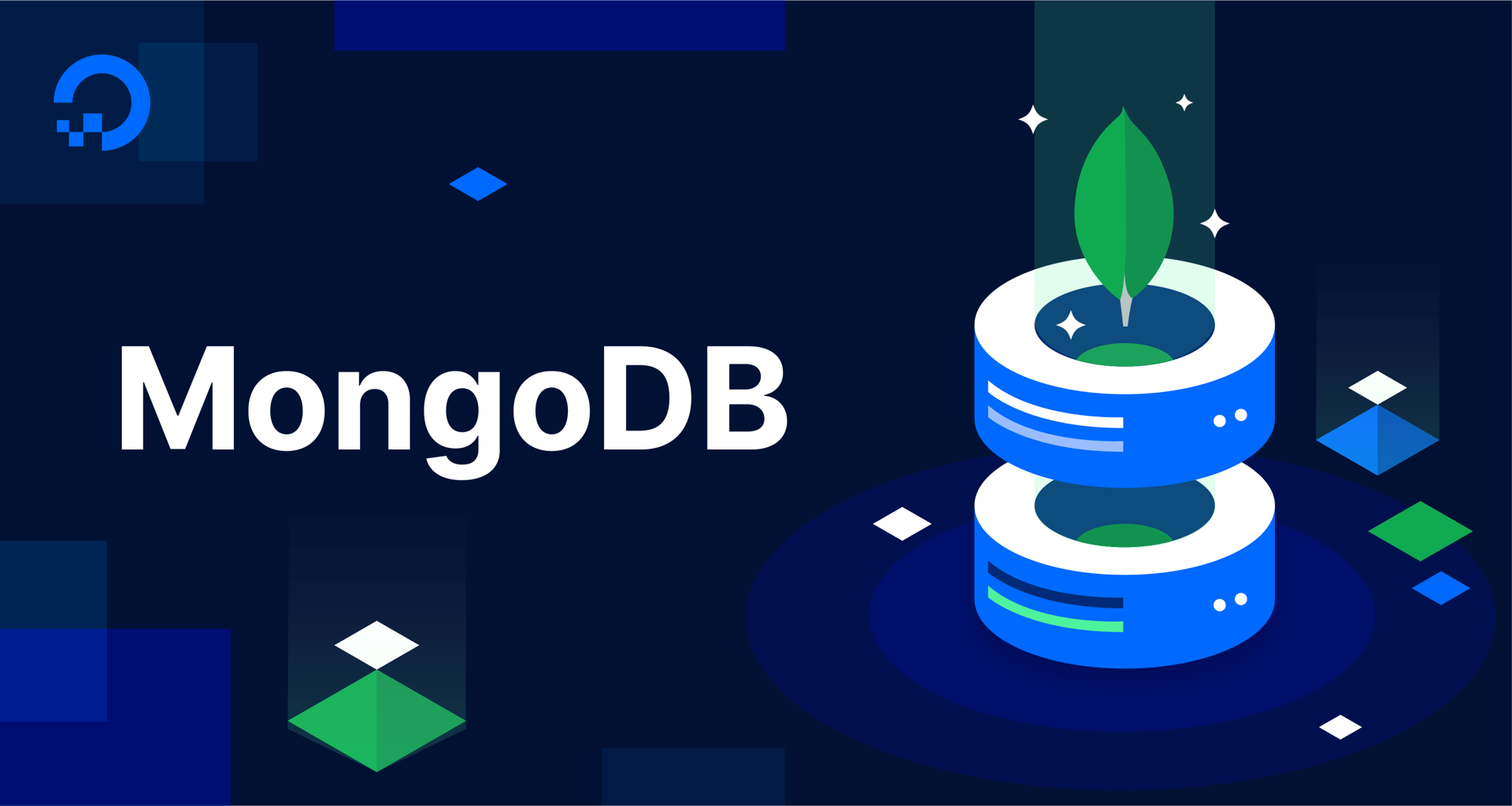Conceptual Article
Managing Ongoing Security Concerns in MongoDB

No matter how much effort you put into hardening your MongoDB installation’s security, it’s inevitable that new vulnerabilities will arise over time. As important as it is to run Mongo with secure settings from the outset, it’s just as important to perform frequent checks and diagnostics to determine the status of your system’s security.
For instance, you should regularly check for new updates to MongoDB to ensure that the version you’re using doesn’t have any unpatched vulnerabilities. Mongo version numbers take the form of X.Y.Z, with X referring to the version number, Y referring to the release or development series number, and Z referring to the revision or patch number. MongoDB puts out a new release roughly every year, with the latest at the time of this writing being 4.4, but they also put out new revisions and patches as needed.
While MongoDB generally recommends that you use the latest version available to optimize security, be aware that a new release series (meaning, from version 4.4 to version 4.6) can potentially break backwards compatibility. That said, MongoDB recommends that you always upgrade to the latest stable revision of your release series (meaning, if you have version 4.4.4 installed, you should upgrade to 4.4.5 when it’s available) as these are generally backwards-compatible patches intended to fix bugs.
One should also consider how they intend to interact with their MongoDB database and whether that will change over time. MongoDB provides several commands and methods that allow you to perform server-side execution of JavaScript functions by default. As an example, you can use the $where operator to evaluate a JavaScript expression in order to query for documents. This provides you with greater flexibility, as it allows you to express queries for which there isn’t an equivalent standard operator. However, by allowing server-side Javascript execution, you’re also exposing your database to potentially malicious expressions. Hence, MongoDB recommends that you disable server-side scripting if you don’t plan on using it.
Similarly, MongoDB will, by default, validate all user input to ensure that clients can’t insert a malformed BSON into the database. This input validation isn’t necessary for every use case, but MongoDB recommends keeping input validation enabled to prevent your database from storing any invalid BSON documents.
Related Resources
Thanks for learning with the DigitalOcean Community. Check out our offerings for compute, storage, networking, and managed databases.
Tutorial Series: MongoDB Security: Best Practices to Keep Your Data Safe
MongoDB, also known as Mongo, is a document database used in many modern web applications. As with any database management system, it’s critical that those responsible for managing a Mongo database adhere to the recommended security best practices, both to prevent data from being lost in the event of a disaster and to keep it out of the hands of malicious actors.
This series of conceptual articles provides a high-level overview of MongoDB’s built-in security features while also highlighting some general database security best practices.
This textbox defaults to using Markdown to format your answer.
You can type !ref in this text area to quickly search our full set of tutorials, documentation & marketplace offerings and insert the link!